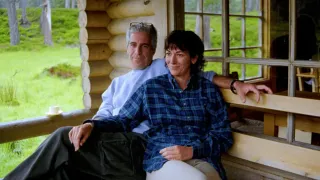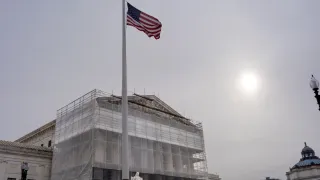December 9, 2019
Handel and Haydn Society's Brandenburgs a Delight
Ed Tapper READ TIME: 3 MIN.
The key to attracting a sellout audience is to perform one of the most popular pieces of music in the repertoire. Along with Vivaldi's "Four Seasons," Bach's six Brandenburg Concertos are among the perennial favorites of classical music aficionados. Boston's Handel and Haydn Society period-instrument orchestra gave a terrific reading of Bach's masterworks some years back, at Jordan Hall. This week, the ensemble repeated its success when its virtuoso players performed the set at the new Klarman Hall at Harvard University.
During his years at K�then (1717-1723), Bach composed the bulk of his sublime instrumental and orchestral works. During the final years of his tenure there, Bach dedicated six concertos to a potential patron, the Margrave of Brandenburg. Although concertos typically feature a single solo instrument, the Brandenburg Concertos were composed for various groups of instruments. The total number of instruments required corresponds exactly to the number of those instrumentalists that he had at his disposal in K�then. In typical Bach fashion, the concertos are replete with masterful counterpoint, compelling harmonies, and enchanting melodies. Each of the six concertos is scored for a different configuration of instruments, and Bach, a master orchestrator, brilliantly combines the solo instruments for color and mood. And the talented members of the Handel and Haydn Society orchestra brought everything off with true polish.
Rather than playing the concertos in numerical order, H+H saved the even-numbered concertos for the second half, opening the concert with number one. The first concerto is a four-movement work scored for woodwinds, brass, and strings. Though the first movement was marred by problems with ensemble and intonation, the players rallied in the second; and, in the final two movements, the woodwinds helped make for a taut and spirited performance.
Perhaps the most famous of all the concertos, No. 5 features an extended virtuoso cadenza for the solo harpsichord. The spirited tempo of the first movement did not impede the fluid and subtle flute playing of Emi Ferguson. Harpsichordist and director Ian Watson wowed the audience with his execution of the famous cadenza at breakneck speed.
The undisputed highlight of the evening was Brandenburg Concerto No. 3, due in large part to lead violinist and co-director Aisslin Nosky. Her energetic performance paired dazzling virtuosity with passionate expression, making for a white-hot reading of this wonderful work. Considering the remarkable playing and overall musicianship, this concerto would best have been placed as the finale to the entire evening rather than just the first half.
The second half of the evening opened with the second Brandenburg, in which Bach employs his most brilliant orchestrational palette. The concerto is scored for woodwinds and strings, with solo trumpet. The tempi were a bit slower here, allowing John Thiessen to bring off the taxing, high-register, solo part on a period, valveless trumpet with precision.
Written for lower strings, the serenely beautiful sixth concerto contains an exquisite, highly expressive, second movement. Cellist Guy Fisher and bassist Heather Miller Lardin were stand-outs here, though the entire group of strings played wonderfully. Scored for instruments of the highest register, two flutes and violin, the fourth concerto proved a welcome contrast to the sixth, and a fitting conclusion to the evening. After her impressive oboe playing in concerto no. 1, the versatile Debra Nagy returned to perform on period flute, and was a sheer delight in the dance-like last movement.
As all of the concertos were played by small groups of nine or ten instruments, the performance would have benefited from a smaller venue with more resonant acoustics. Nevertheless, the Handel and Haydn Brandenburgs succeeded in offering up one of the first delights of the holiday season.






